-
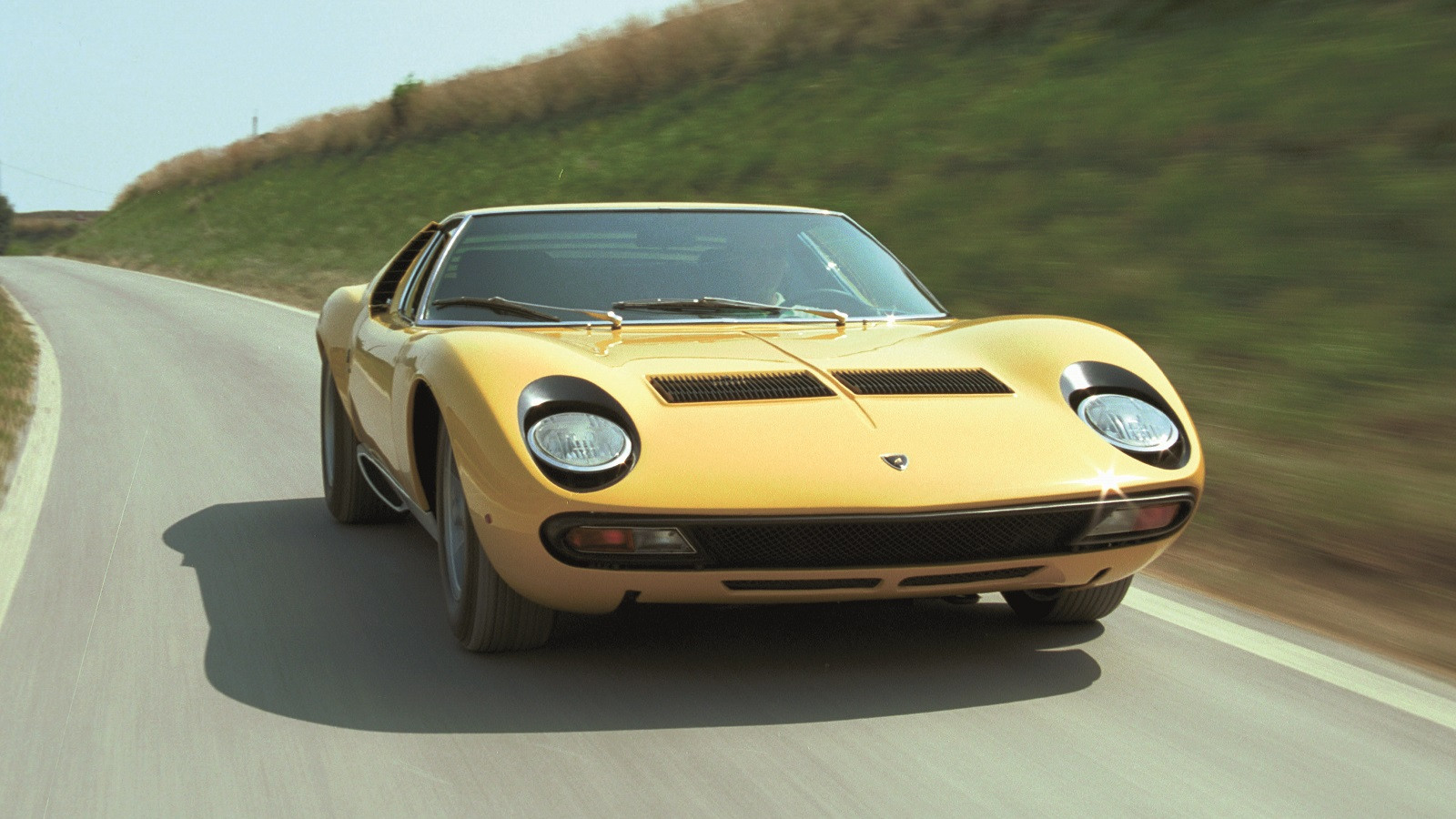 © Lamborghini
© Lamborghini -
 © Alfa Romeo
© Alfa Romeo -
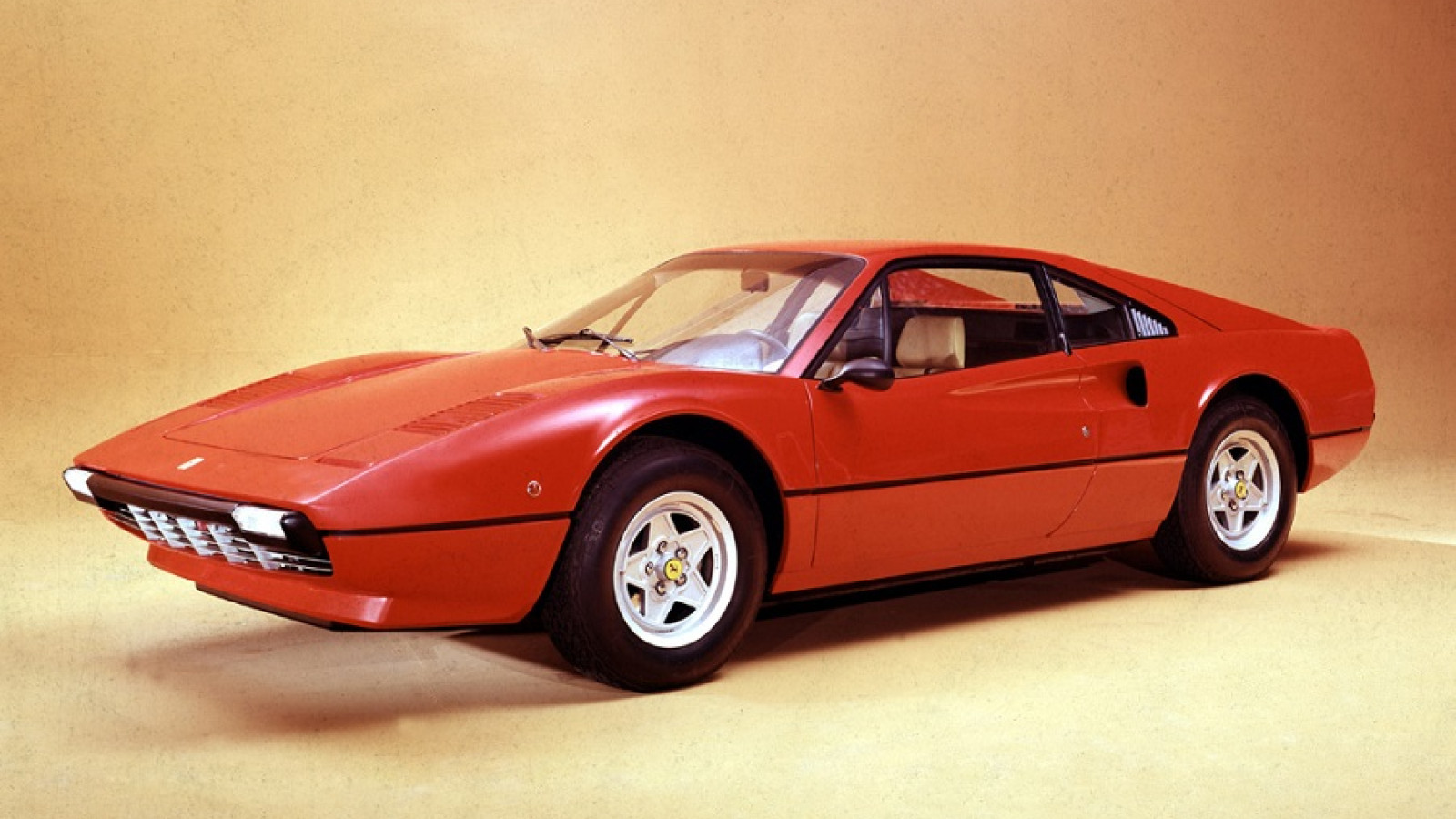 © Ferrari
© Ferrari -
© BMW
-
 © Erik Fuller/RM Sotheby’s
© Erik Fuller/RM Sotheby’s -
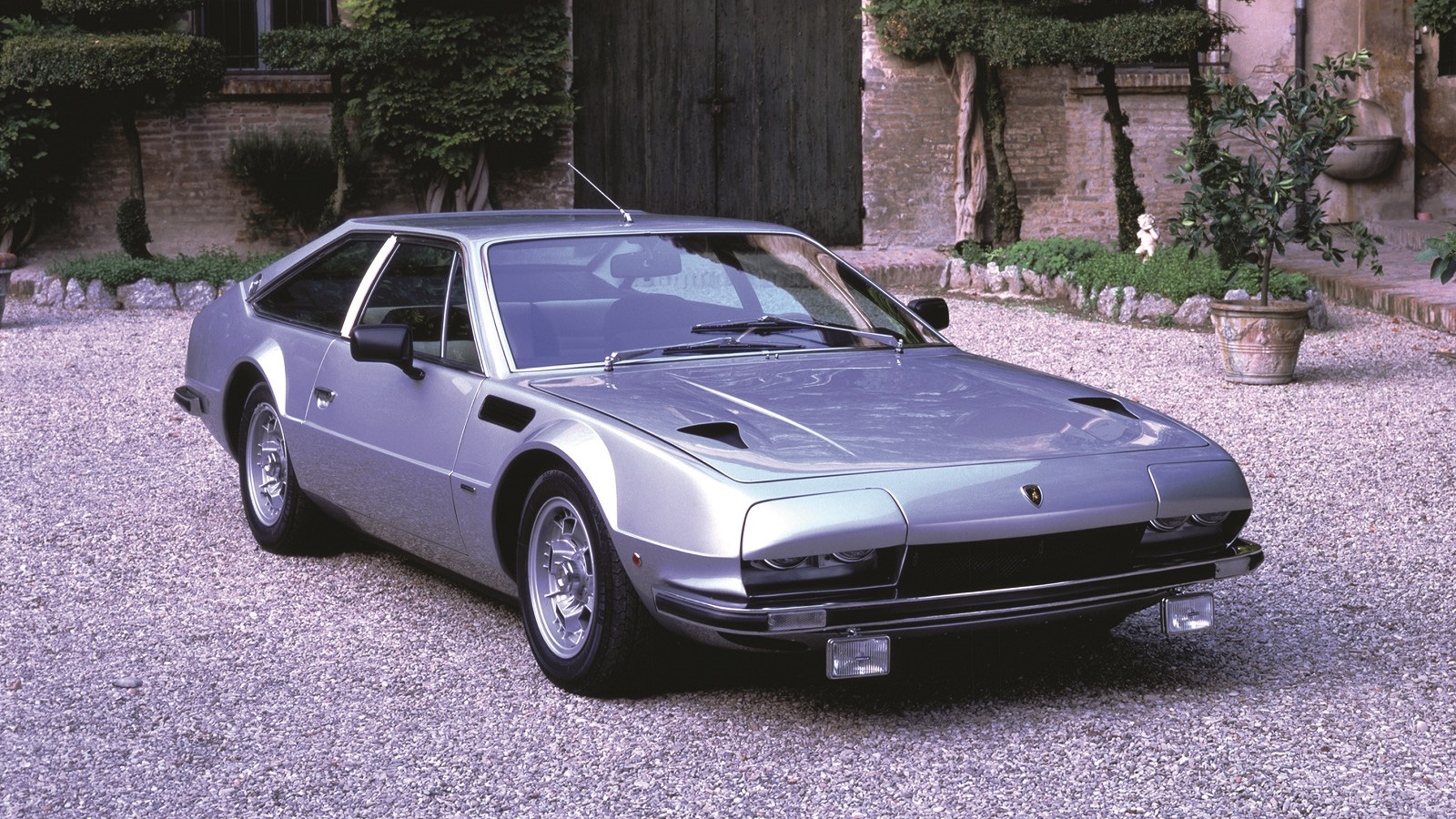 © Lamborghini
© Lamborghini -
 © Tim Scott/RM Sotheby’s
© Tim Scott/RM Sotheby’s -
 © Mercedes-Benz
© Mercedes-Benz -
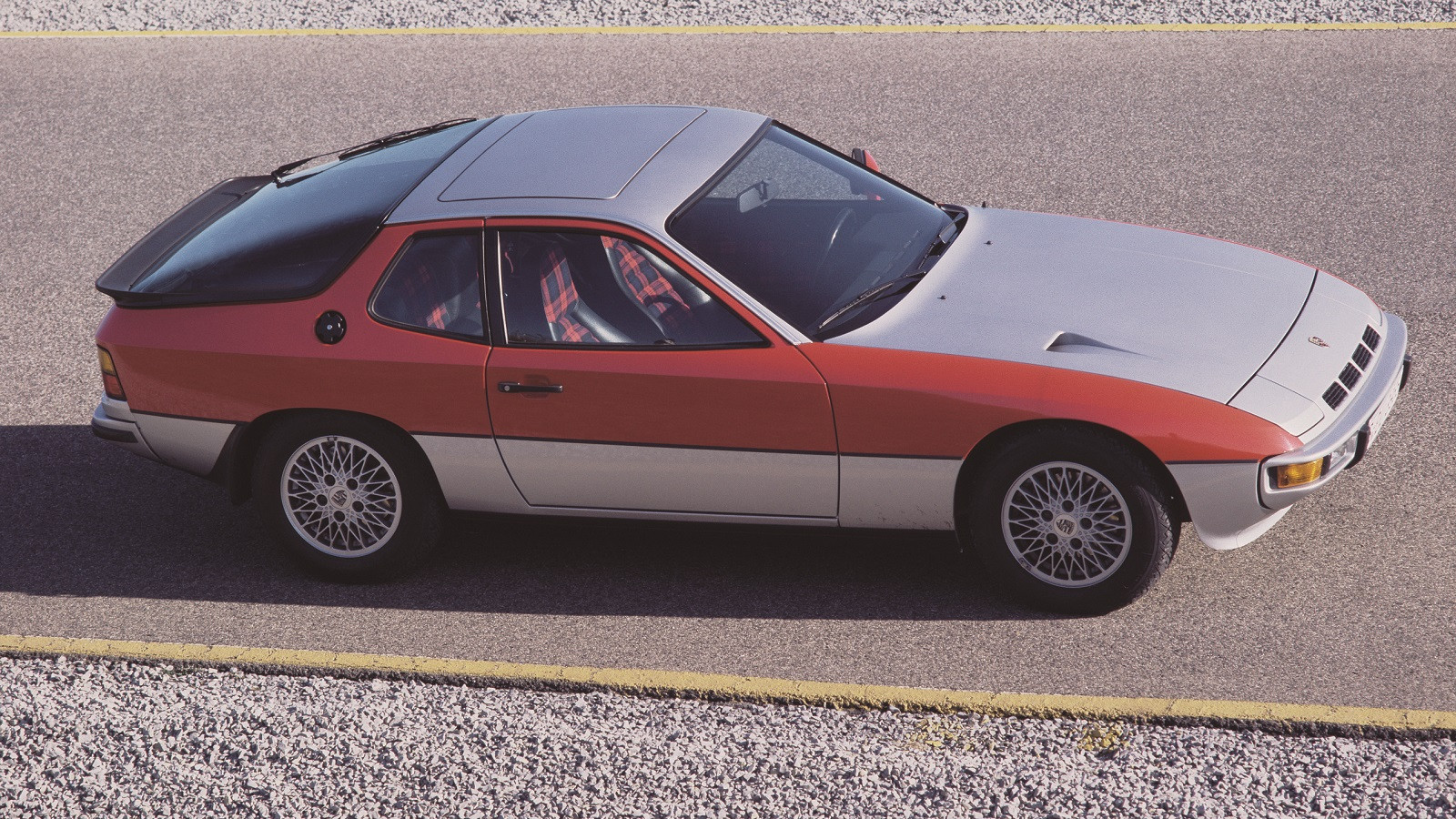 © Porsche
© Porsche -
 © Porsche
© Porsche -
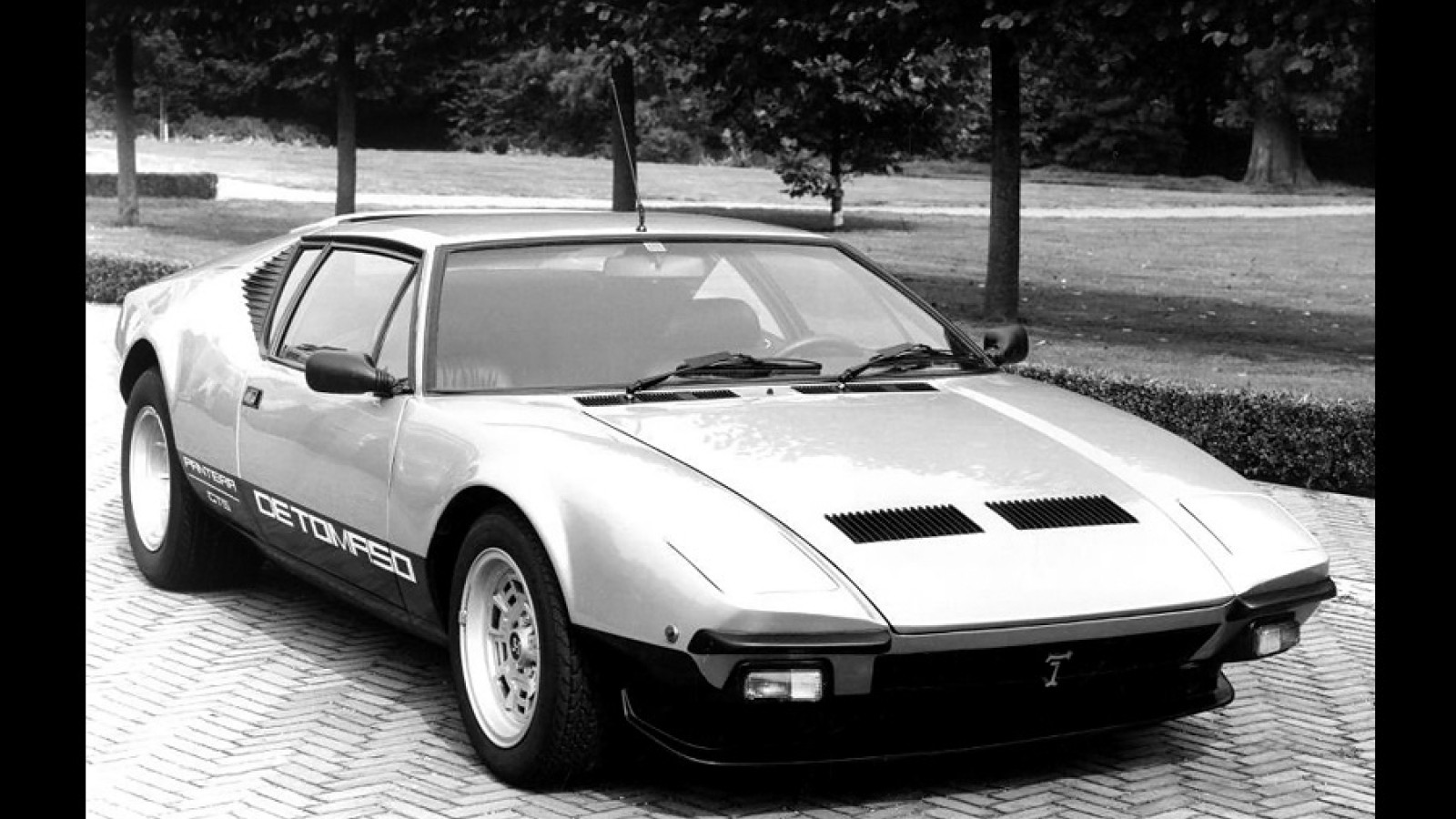 © De Tomaso
© De Tomaso -
 © Jaguar
© Jaguar -
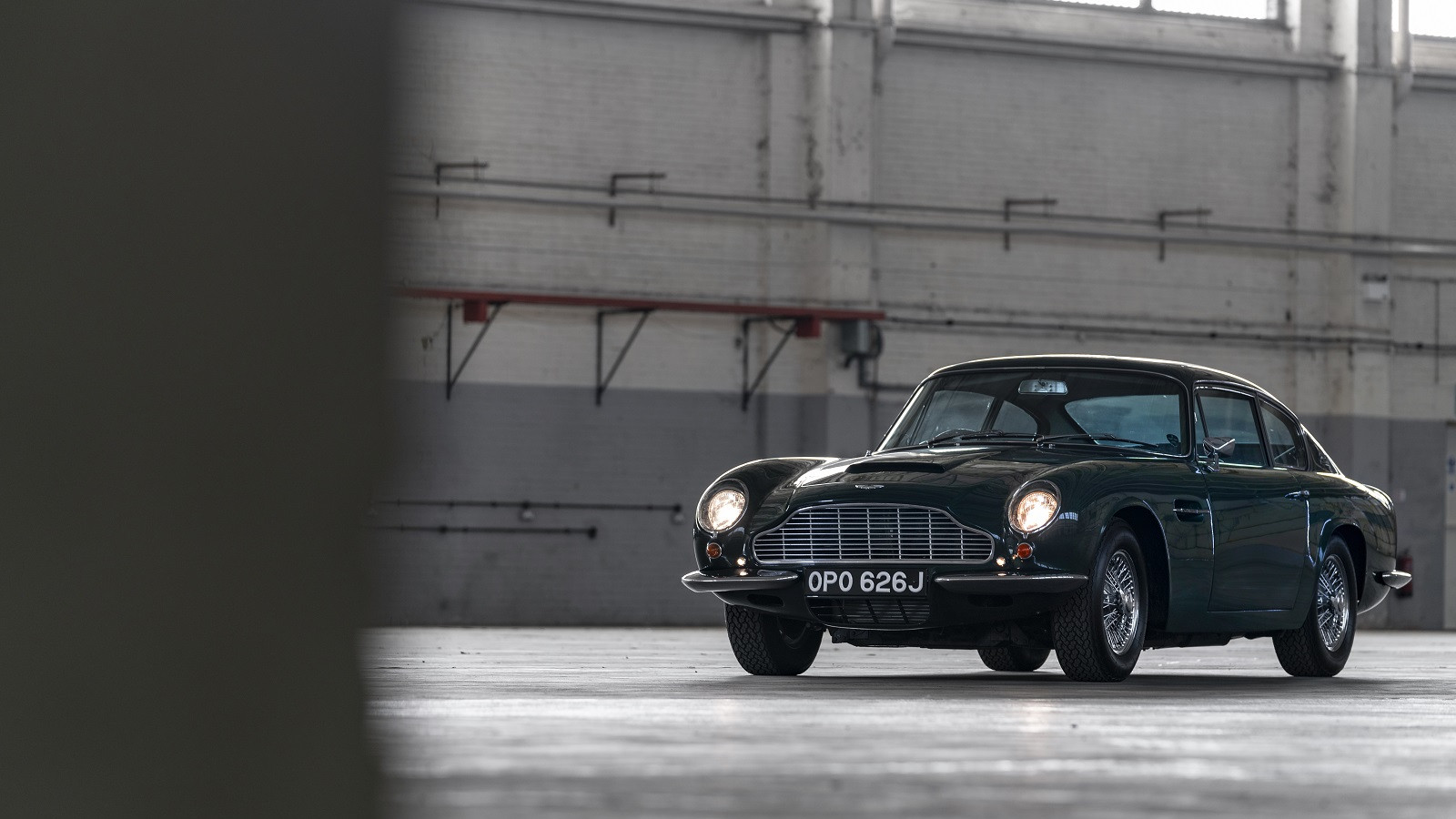 © Aston Martin
© Aston Martin -
 © Maserati
© Maserati -
 © Lamborghini
© Lamborghini -
 © Lamborghini
© Lamborghini -
 © Lamborghini
© Lamborghini -
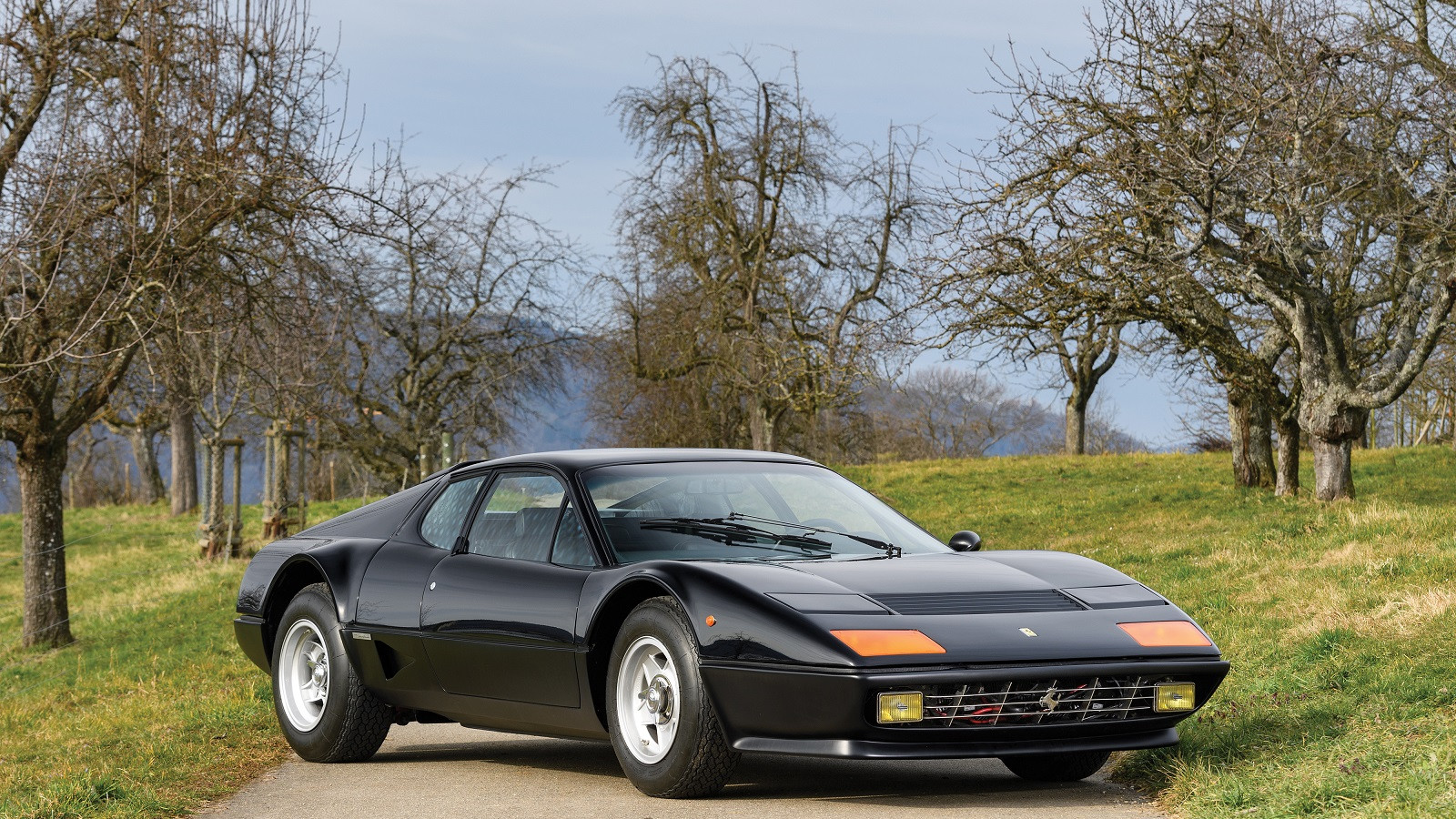 © Tim Scott/RM Sotheby’s
© Tim Scott/RM Sotheby’s -
 © Ferrari
© Ferrari -
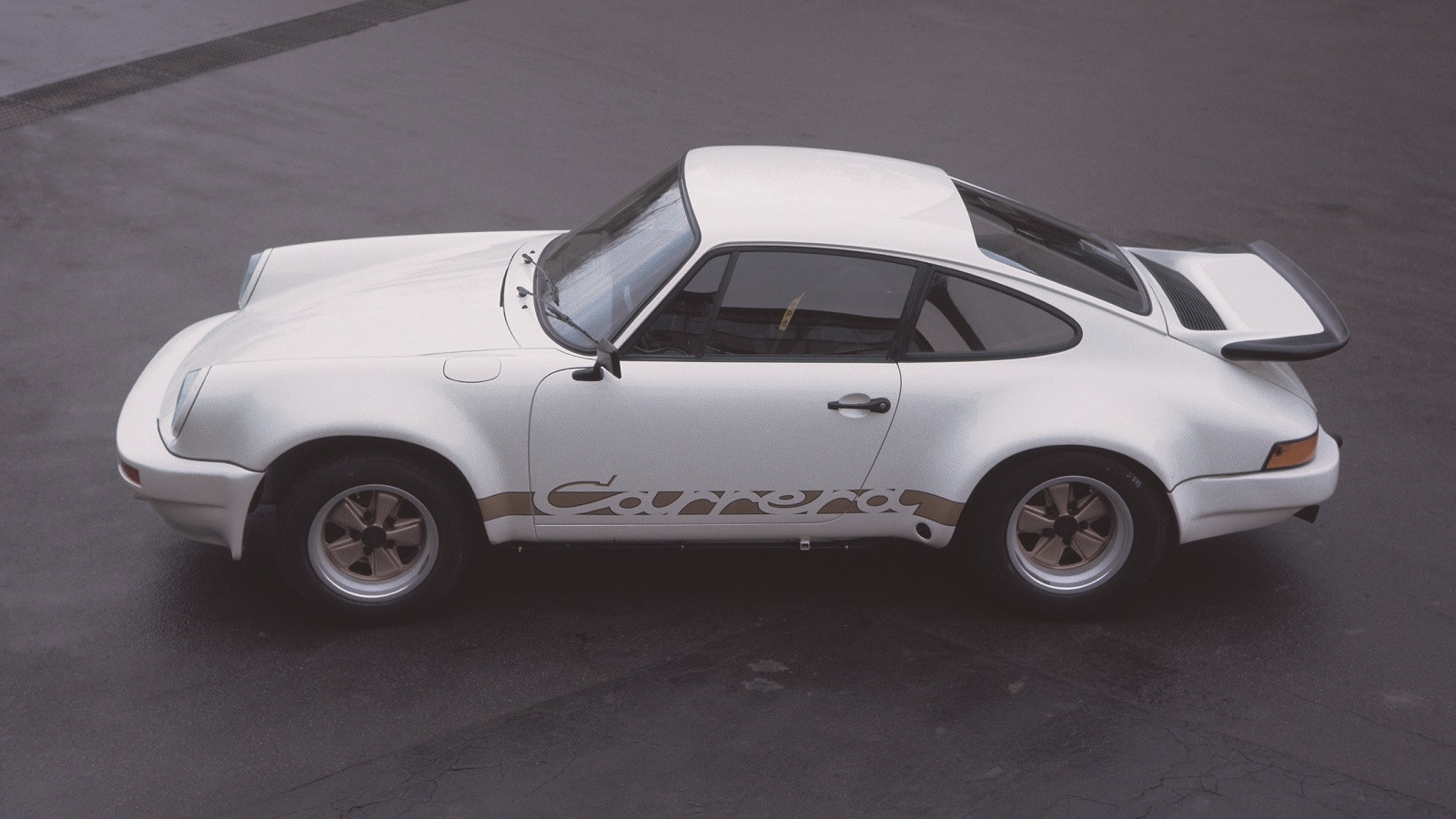 © Porsche
© Porsche -
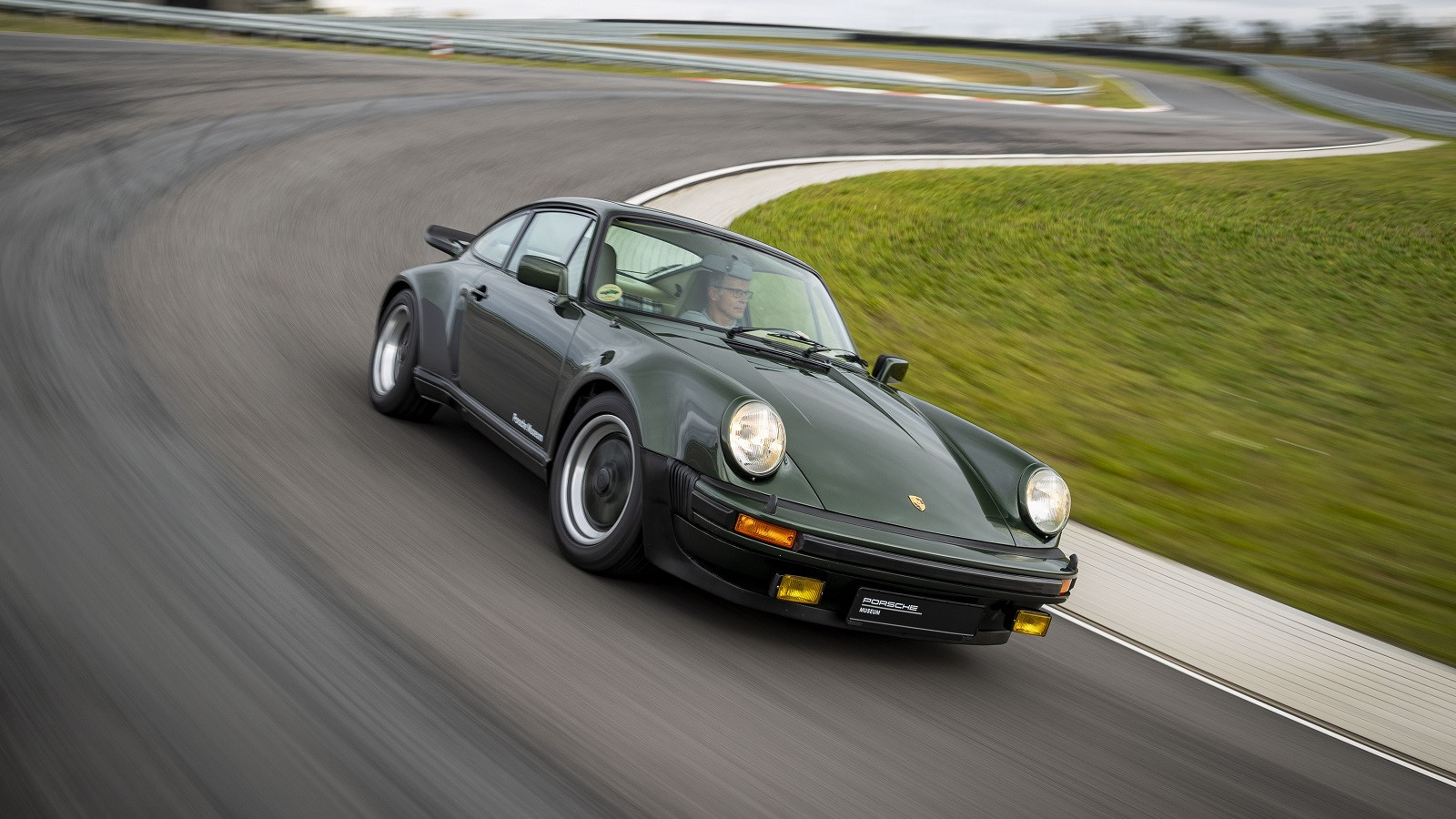 © Porsche
© Porsche
-
Top ’70s sprinters
Few cars were quick in the modern sense of the term during the 1970s.
Economy models with a 0-60mph time of over 20 seconds weren’t rare and a few got there in half a minute or more. Even some high-end sports cars would lose a race with a turbodiesel hatchback built in 2021.
Performance is relative, and there is more to a car than its 0-60mph time, but looking at figures from the 1970s illustrates how our definition of acceleration has evolved over the past few decades.
Using 0-60mph data from enthusiast site Zeroto60Times, we’ve ranked the quickest cars of the 1970s, counting down to the fastest. We’re only looking at road-legal cars sold in Europe, which is why you won’t see American muscle cars (which often fell in the 5.0 secs range) in the following slides.
-
20. Alfa Romeo Montreal – 8.0 secs
Alfa Romeo positioned the V8-powered Montreal at the top of its line-up between 1970 and 1977.
The coupé was the company’s biggest, most expensive and quickest car. For context, a 1971 Spider with the 1750 engine took 9.9 secs to reach 60mph.
Its 8.0 secs put the Montreal on par with the Ferrari 308 Dino GT4 and the MGBGT V8, and that figure made it over 10 secs quicker than the standard MGB.
-
19. Ferrari 308GTB – 7.9 secs
Ferrari released the 308GTB in 1975 with a mid-mounted 2.9-litre V8 tuned to 252bhp.
Significantly, coachbuilder Scaglietti initially manufactured the 308GTB’s body with glassfibre to keep weight in check. Cars built after 1977 were about 330lbs heavier because they featured a steel body.
-
18. BMW 2002 Turbo – 7.4 secs
BMW boldly argued forced induction was an adequate replacement for displacement when it added a turbo to the 2002 in 1973.
Celebrated as the firm’s first series-produced turbocharged car, the 2002 Turbo posted performance numbers normally associated with exotic supercars.
It looked the part, too, thanks to a model-specific bodykit and a set of eye-catching graphics – 1672 units were built until 1975.
-
17. Aston Martin V8 Vantage – 7.3 secs
Aston Martin highlighted the V8 Vantage’s 170mph top speed when it launched the model in 1977, but the 7.3 secs 0-60mph time was worth bragging about, too.
Offered as a coupé and as a convertible, the V8 Vantage achieved that time with a 5.3-litre V8 topped with four carburettors and tuned to 390bhp.
-
16. Lamborghini Jarama 400GT – 7.2 secs
Released in 1970, the Jarama was positioned on a branch of the Lamborghini family tree that no longer exists in 2021.
It arrived as a 2+2 coupé with a front-mounted engine and a bigger focus on high-speed touring than on flat-out performance.
It weighed more than the Islero it replaced, but a 3.9-litre V12 engine initially rated at about 325bhp made it quick enough to wear the Raging Bull emblem.
-
15. Dino 246GT – 7.1 secs
On paper, the Dino 246GT doesn’t sound like one of the quickest cars built in the 1970s.
It’s powered by a relatively small 2.4-litre V6 that sends 192bhp to the rear wheels, a figure that’s impressive but not jaw-dropping when taken out of context.
However, keep in mind the 246GT tipped the scales at about 2380lb, so it benefited from a better power-to-weight ratio than more powerful cars that were heavier.
-
14. Mercedes-Benz 450SEL 6.9 – 7.0 secs
The Mercedes-Benz 450SEL 6.9 comes right after the Dino 246GT on our list.
It was a completely different kind of performance car, one that hid its muscle beneath a stately saloon body designed for doctors, heads of states and other dignitaries.
It was the most expensive member of the 116-series line-up; pricing started at $50,190 in 1979, which represents about $180,000/£132,000 in 2021.
It was also the most powerful S-Class offered during the 1970s thanks to a 6.9-litre V8 that developed 250bhp, and it tipped the scales at nearly 4400lbs so it weighed more than its less powerful siblings.
-
13. Porsche 924 turbo – 6.9 secs
Porsche applied the lessons it learned by turbocharging the 911 to the 924, its entry-level model after the 914 retired in 1976.
Adding a turbo to the Audi-derived four-cylinder engine increased its output from 123 to 170bhp, allowing the 924’s 0-60mph time to barely slip under the 7 secs mark.
Model-specific wheels and a NACA duct chiselled into the bonnet helped car-spotters identify it.
-
12. Porsche 928 – 6.6 secs
Porsche developed the 928 to replace the 911 at the top of its range, so horsepower and acceleration were factored into the equation from the get-go.
Released in 1977, it weighed more than the 911 but its 4.5-litre V8 helped offset the extra mass, giving it the acceleration enthusiasts expected from a coupé with a Porsche emblem on its nose.
Evolutions of the 928 released in the 1980s and the ’90s, including the S4 and the GTS, were even quicker than the original model.
-
11. De Tomaso Pantera GTS – 6.4 secs
Designed by Tom Tjaarda, the De Tomaso Pantera looked like an exotic Italian car but it sounded like an American muscle car because it was powered by a Ford-sourced V8.
Blending Italian style with American horsepower created an unusual exotic. In the United States, anyone could walk into a Lincoln-Mercury store, make their way past the hoards of body-on-frame land yachts, and drive home in something that looked and accelerated like a Ferrari.
De Tomaso sold the Pantera in Europe, too.
-
10. Jaguar E-type roadster – 6.3 secs
Not everyone appreciated the visual updates Jaguar made to the Series 3 variant of the E-type built between 1971 and 1975, but few argued against the 5.3-litre V12 stuffed under its long bonnet.
While it was inevitably heavier than the straight-six it replaced, its higher horsepower and torque figures gave both the coupé (pictured) and the roadster body styles the acceleration to match their sleek design.
And, believe it or not, according to Zeroto60Times, the roadster was faster than its coupé sibling.
-
9. Aston Martin DB6 Vantage – 6.3 secs
Although it was released in 1965, the Aston Martin DB6 Vantage barely makes the cut-off for this story because the final few examples were produced in 1970.
Its rounded silhouette was markedly out of step with the sharper design trends of the 1970s, but its 0-60mph time of 6.3 secs and its 150mph top speed remained impressive, even when the DB6 was pitted against its more modern competitors.
-
8. Maserati Bora – 6.3 secs
Maserati also landed on the 6.3 secs square with the Bora, a two-seater coupé released in 1971 with a mid-mounted V8 engine and a futuristic design.
Early examples used a 4.7-litre engine, but the Italian firm made a 4.9-litre ‘eight’ available in 1973, which was poor timing considering that year’s oil embargo shook the exotic car market to its core. In an odd twist of automotive fate, the Bora’s brakes were powered by a high-pressure hydraulic system sourced from Citroën, which owned Maserati at the time.
Bora production ended in 1978, and the nameplate has laid dormant since – at least in the Maserati portfolio. Volkswagen resurrected it in some markets on the fourth generation of the Jetta, but it never matched the Italian Bora’s acceleration in spite of a 27-year gap. In its quickest configuration, with a VR6 engine under the bonnet, the VW Bora posted a 0-60mph time of about 7.2 secs.
-
7. Lamborghini Countach LP400S – 5.8 secs
Lamborghini’s long-lived Countach was one of the most emblematic supercars of the 1970s, and it was also one of the quickest.
Launched in 1978, the LP400S variant posted a 0-60mph time of 5.8 secs. Several visual add-ons helped it stand out from the original Countach, including wider tyres tucked under wheelarch extensions and an available rear wing that reduced its top speed by adding drag.
Quicker and more powerful evolutions of the Countach were released during the 1980s.
-
6. Lamborghini Miura SV – 5.7 secs
Penned by Marcello Gandini, the Lamborghini Miura built from 1966 until 1973 set the template for the modern supercar.
It blended a head-turning design with an immensely powerful V12 mounted directly behind the passenger compartment. The engine was installed transversely, allegedly after one of the engineers who developed the car peeked under the bonnet of an original Mini.
Lamborghini released the SV variant of the Miura in 1971. Small but significant mechanical tweaks increased the V12’s output to about 380bhp, up from 365bhp in the Miura S.
-
5. Lamborghini Urraco P300 – 5.5 secs
Lamborghini’s quickest car of the 1970s is also one of its most obscure models.
While the Miura and the Countach enjoy a rabid following, the Urraco made from 1972 to 1979 is little more than a footnote in the company’s history.
Lamborghini built a total of 791 units. All were powered by a V8 mounted transversely behind the 2+2 cabin, but the P300 took the performance crown with a 3.0-litre that made about 250bhp.
In all, 190 examples were built, compared to 520 of the 2.5-litre model and 66 with a 2.0.
-
4. Ferrari 512 Berlinetta Boxer – 5.4 secs
Enzo Ferrari disliked the idea of building a road car with a mid-mounted V12, but the Lamborghini Miura’s success helped change his mind.
Ferrari released the 365GT/4 BB in 1973, and it launched an evolution of the model called 512 BB three years later.
The new name denoted a series of visual tweaks and a 5.0-litre evolution of the GT/4’s flat-12 engine, among other changes.
Horsepower went down, somewhat surprisingly, but an increase in torque allowed the heavier 512 BB to post the same 5.4 secs 0-60mph time as its predecessor. In the end, 929 units were built until 1981, when Ferrari added fuel injection.
-
3. Ferrari 365GTB/4 – 5.3 secs
The quickest road-legal and series-produced car built by Ferrari during the 1970s traced its roots to the ’60s.
Also known as the Daytona, the 365GTB/4 was introduced in 1968 as a grand tourer with a front-mounted V12 engine and it remained in production until 1973.
About 1406 units were built. It was designed primarily as a road car but many private teams successfully raced it during the 1970s.
-
2. Porsche 911 Carrera RS 3.0 – 5.2 secs
Most naturally aspirated variants of the Porsche 911 built during the 1970s posted 0-60mph times in the 5 to 7 secs range, but the track-bred Carrera RS 3.0 was the quickest of the lot.
It was an evolution of the 1973 Carrera RS 2.7 upgraded with a redesigned engine, several suspension tweaks (including reinforced sway bars), and an array of functional visual modifications including wider wheelarches.
Porsche made the sheet metal and the glass thinner to reduce weight. It released the Carrera RS 3.0 as a homologation special in 1974 and production ended after only 55 units were built.
-
1. Porsche 911 turbo – 4.9 secs
Also known as the 930, the Porsche 911 turbo stood proud as the quickest car built in the 1970s.
It posted a 0-60mph time of 5.5 secs when it made its debut in 1975 with a 3.0-litre engine, and the 3.3-litre flat-six introduced in 1978 slashed that time to 4.9 secs.
Porsche added more powerful brakes to keep the extra power in check, but it retained the original model’s four-speed manual transmission.
And the manufacturer earned the top spot in the 1980s, too – its twin-turbocharged 959 logged a time of 3.6 secs.
